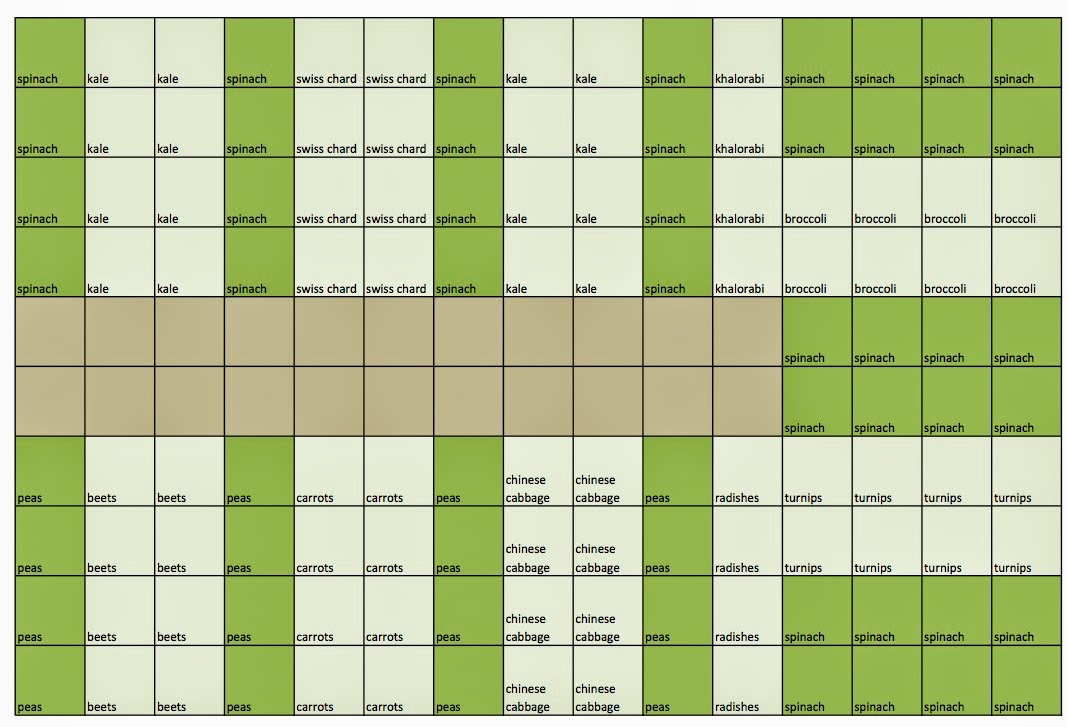One of the biggest surprises of the season was cayenne peppers. The plants took the longest time to germinate, and then only a few survived long enough to be transplanted outside. One went up on our deck and one was planted among the jalepeños.
I didn't take much notice of these plants while we were bringing in loads of cherry tomatoes, beans, bell peppers and jalepeños. Then one day we were on the deck and noticed a long green pepper hanging from one of the pepper plants. Upon closer inspection downstairs, the plant was actually pretty full of peppers ready to be picked, they were just the exact same color as the rest of the plant, so we weren't noticing them:
 |
| How many peppers can you spot? |
We probably took about 20 peppers off the plant that day:
Not wanting to find ways to eat 20 cayenne peppers right away (our digestive systems probably thanked us), and also not wanting to burden our neighbors with even more spicy pepper give aways (more on how we are testing the limits of friendship by pushing jalepeños on neighbors, friends and relatives in a future post), we looked to alternatives.
Our friends Luther and Tina are experienced cayenne pepper dryers, and we took their advice. I didn't take any how-to pictures for this, but it's exactly what it looks like: take a needle and thread and string the peppers together, hanging them from a wall or window frame. The pictures show roughly weekly progression of drying/reddening for the cayennes:
Just to get the whole picture, we have two more strings this size in other locations around the house, and will probably double that judging by the number of peppers still growing on the plant today. And this is just from the one plant that survived in our garden! The other plant just popped out that single pepper and died (we didn't pay very close attention to our roof plants, so that's our fault). Moral of the story: one healthy cayenne plant is all you need unless you're planning on opening a sriracha factory.
So now the next step is figuring out what to do with a bunch of dried cayenne peppers. We could grind them up into a powder (I'm not sure if they are dry enough for that yet), or freeze them. Any other suggestions?


































